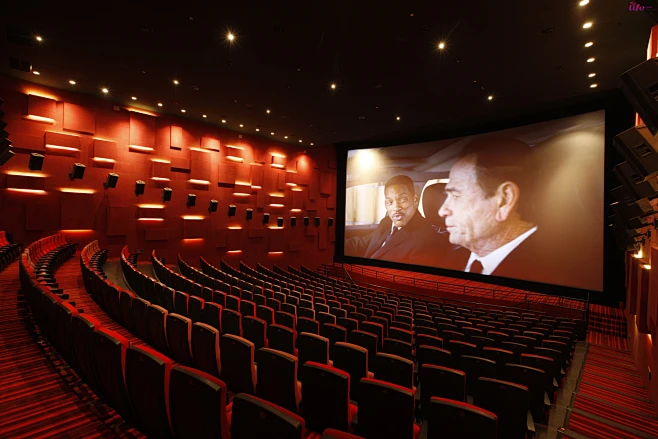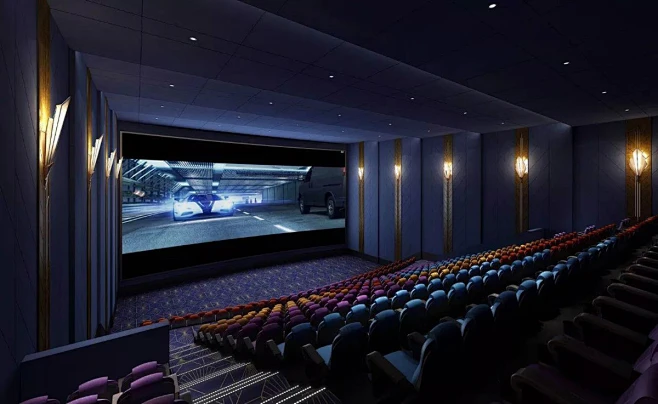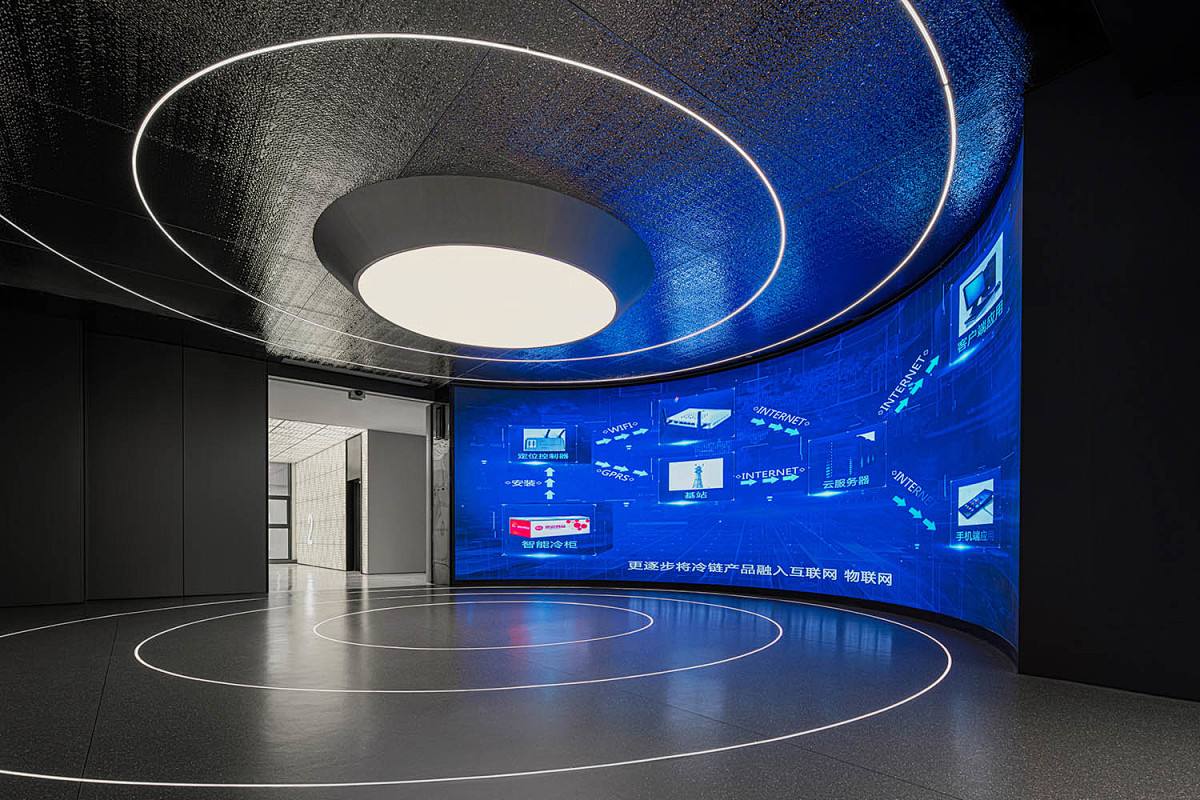

Many people wonder “do I need a dedicated projection screen” when setting up a home theater or commercial projection system—some even make do with a white wall. Today, we’ll start with the basics of curved screen projection, break down these questions clearly, and include 2025 test data and a selection table. Whether you need a home setup or a custom solution, you’ll understand after reading!
1. First, What Exactly Is Curved Screen Projection?
Simply put, curved screen projection is a multimedia interactive technology that uses circular, arc-shaped, or curved surfaces as projection screens. In 2025, mainstream screen curvatures range from 100° to 360°, divided into two main types:
- Arc Screen Projection: Screen curvature < 180°, usually using 2-3 projectors for stitching. Suitable for small living rooms and medium-sized meeting rooms. For example, many families now install 120° arc screens—when sitting down, there’s no image breakage, making drama-watching super enjoyable;
- Panoramic Screen Projection: Screen curvature ≥ 180° (270° and 360° are common), requiring 4+ projectors and professional blending software to stitch images into a complete, high-resolution picture. In 2025, science museums and popular check-in spots love 360° panoramic screens—standing in the middle feels like “stepping into the image,” with full immersion.
Quick Q&A: What’s the Advantage of Curved Screen Projection Over Regular Projection?
Q: I just watch movies at home—do I need a curved screen?A: It depends on your needs! Regular projection works for small spaces, while curved screens are better for immersive scenarios. If your living room is large (>50㎡) or you want a home game room, a 270° curved screen for racing games is amazing. For commercial exhibition halls, 360° panoramic screens attract more customers to stay.
2. White Wall VS Projection Screen: 2025 Test Data Speaks
Today’s projector optical engines have indeed improved—mainstream home projectors can reach 4500 lumens—but white walls still have unresolvable flaws! Let’s look at 2025 test data:
| Comparison Dimension | Regular White Wall (Emulsion Paint) | Entry-Level Projection Screen | Custom Projection Screen (Our Products) |
|---|---|---|---|
| Image Contrast | 300:1 | 1200:1 | 3500:1 |
| Color Accuracy | 65% (sRGB) | 90% (sRGB) | 98% (sRGB) |
| Ambient Light Resistance | Weak (Unclear in daylight) | Medium (Visible in daylight) | Strong (Clear even on sunny days without curtains) |
| Long-Term Performance | Yellowing in 1-2 years | No obvious change in 5 years | 8-year anti-aging (scratch-resistant material optional) |
Some people say “my wall uses imported white paint—it’s white enough”—but white doesn’t equal suitable for projection! Emulsion paint reflects light randomly; when window light hits it during the day, the image turns gray. However, projection screens use “directional reflection,” only casting light toward the audience’s seating area. That’s why with the same projector, details are clearer on a screen—for example, in dark movie scenes, white walls blur everything, but screens show character expressions clearly.


3. How to Choose Screens for Edge Blending? Save This Size Table!
Edge blending means using multiple projectors together, with overlapping image edges to create a wide-screen effect. For this scenario, screen selection matters: choose 1.2-1.5 gain for home use! Home viewing distances are short (2-4 meters); too high gain causes “hot spots”—bright centers and dark edges—tiring your eyes after 1 hour. For commercial exhibition halls (viewing distance >5 meters), 1.8 gain works, ensuring back-row audiences can see clearly.
In addition, screen size must match the space. Here’s the latest 2025 matching table:
| Space Area (㎡) | Recommended Screen Size (Inches) | Application Scenario | Custom Notes |
|---|---|---|---|
| <50 | 72-84 | Small living rooms, bedrooms | Narrow-edge models available to save space |
| 50-75 | 100-120 | Medium living rooms, small meeting rooms | Measure wall curvature in advance for arc screens |
| 75-120 | 120-150 | Large living rooms, medium exhibition halls | Prioritize light-resistant materials for multi-light environments |
| >120 | 150-200+ | Banquet halls, science museums | Must customize stitched models with blending software |
If you’re unsure about the right size for your space or need a custom curvature (e.g., irregular curved surfaces), contact us directly! We offer free on-site measurements and recommend materials based on your projector parameters—no wasting money!

